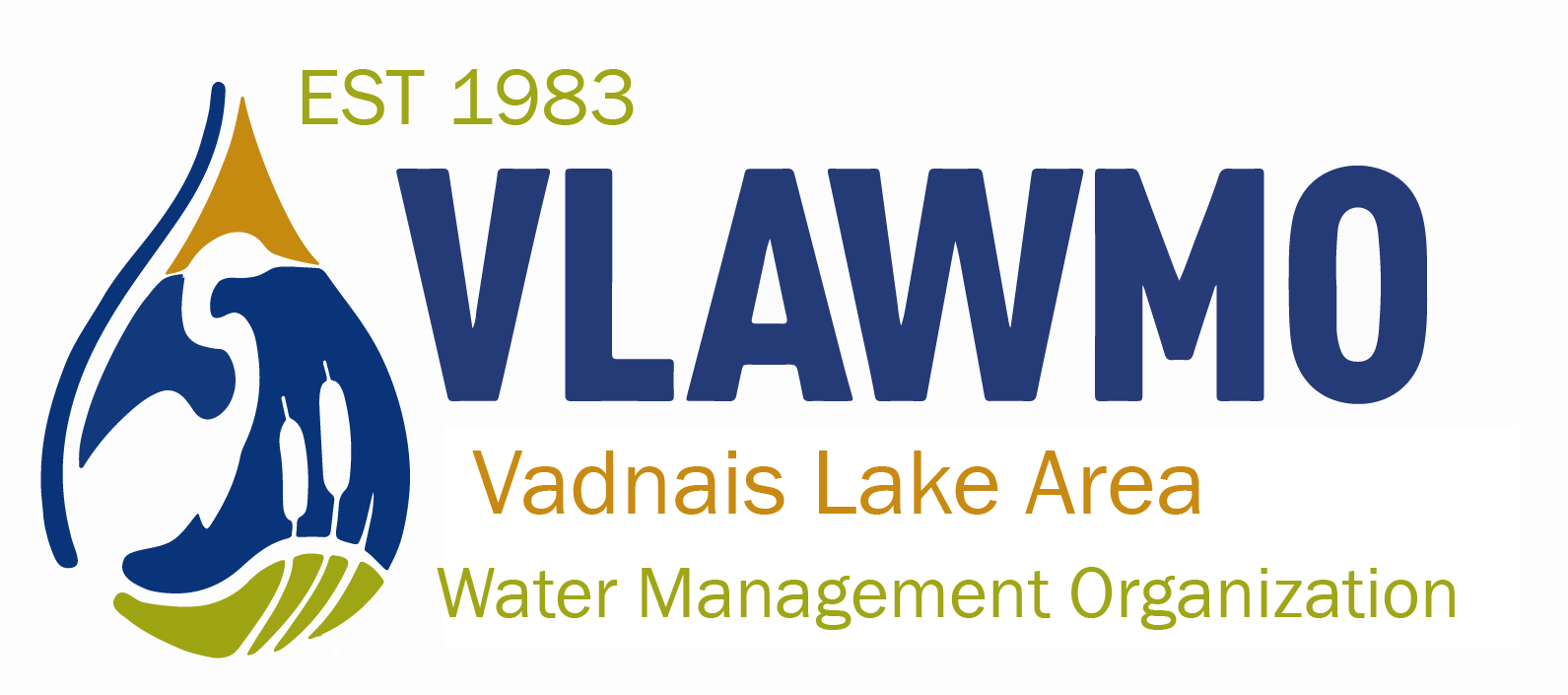2021 Grant Program: Changes & New Features

In October 2020, the VLAWMO Board passed a resolution that restructured the grant program to allow for greater Landscape Level 1 grant funding. In addition to this, the program is putting more focus onto projects that show a direct water quality benefit, or treat and remove stormwater runoff volume. One example of an excellent project type is a curb-cut raingarden, which diverts stormwater runoff from the street into a basin for treatment and infiltration. With a network of curb-cut raingardens, stormwater volume is reduced and peak flow rates are shown to be lowered or delayed. For more information, check out the Landscape Grant webpage.
Complementing the Landscape Level 1 and 2 programs, there’s also a new Soil Health Grant for 2021. This subset of the program targets smaller residential projects such as native plantings, downspout raingardens, shoreline restorations, infiltration projects, and other projects that enhance water quality and native habitat. With gradual improvements to soil health using native vegetation, soil is better able to function and improve the health of the watershed. For example, sediment, nutrients, and contaminants are processed and treated in native plantings not only from the deep plant roots themselves, but the fungi and bacteria that the plant roots help generate. Deeper roots are generally more effective at treating and storing water in the soil, opposed to conventional turf that tends to be shallow on the surface and underground.
Tips for newcomers:
Planning for a new project can be intimidating at first. Not only are there the details for what to build, how to build it, where to put it, and what to plant, but there’s also the technical grant process including an application. Rest assured, VLAWMO staff is here to help! Visit the cost-share webpage for more information, or attend our open house February 23rd, 2021 at 5:00 pm.
A few tips from past grant recipients include:
- Start small and simple, start sketching your plan on a notepad with a pencil to make easy changes. This sketch can be a handy reference for reviewing ideas later on.
- Unless you’re a native plant expert, keep your number of plants between 3-5 species. This will make maintenance easier when it comes time for weeding or plant replacement.
- Remember, nothing is permanent. In the growing seasons following your project, you can add on, change out and divide plants. See what works and what doesn’t, research, and go from there.
Staff are always available for site visits to brainstorm and troubleshoot. Contact information can be found at the Landscape Grants web page here.

_____________________________________________________________________________________
What does the grant program accomplish?
Staff gathered the specs from all of the 2020 projects and ran it through a modeling system called MIDS (Minimal Impact Design Standards). This program is a standard way of estimating project impact, used by the MN Board of Water and Soil Resources and the MN Pollution Control Agency. 2020 showed some impressive numbers for how much runoff was reduced, how much algae-producing phosphorus was spared from lakes and wetlands, and how much sediment was captured before it could clog up a waterway or wetland.
2020 stormwater removals:
- 4.954 LBS of total phosphorus per year (6.2 times more than 2019)
- 3.9377 acre/ft (1,283,103.26 gallons) of runoff per year(4.3 times more than 2019)
- 2,749.9 lbs total suspended solids (sediment) per year (19 times more than 2019)
2020 grants by municipality:
- North Oaks: 5
- Vadnais Heights: 11
- White Bear Lake: 6
- White Bear TWP: 3
2020 Landscape Level 2 projects:
- Tamarack Nature Center, Teal Pond restoration (3.37 acres of restoration)
- Cty Rd F Raingardens reconstruction (6 curb cuts reconstructed)
- Private North Oaks landowner restoration (.26 acres)
- 40 feet of Lambert Creek restoration, piggybacking on 2017 restoration
More details about 2020’s grant program results including financial information will be available in the 2020 Annual Report, to be posted here at vlawmo.org/news in March, 2021.

